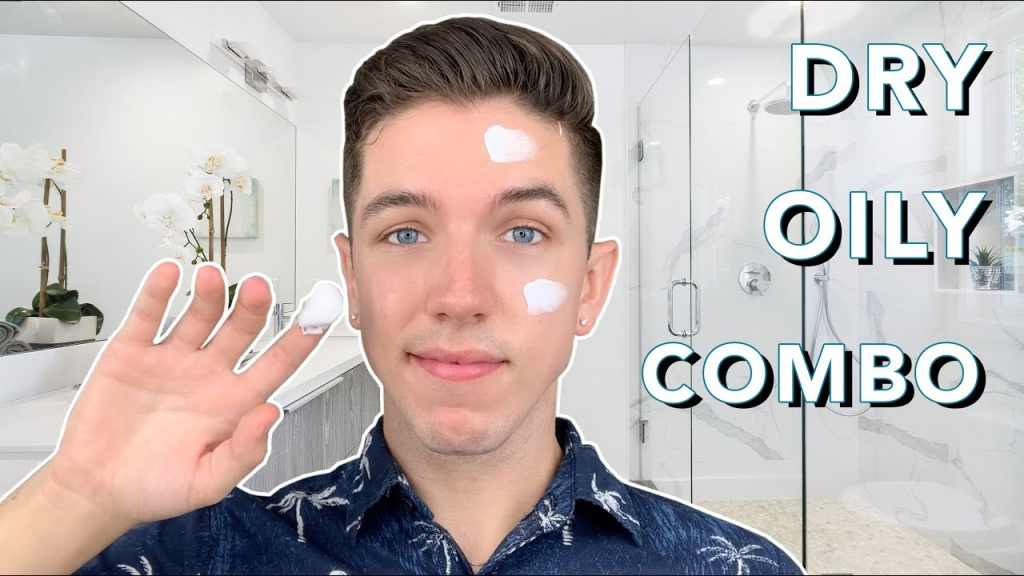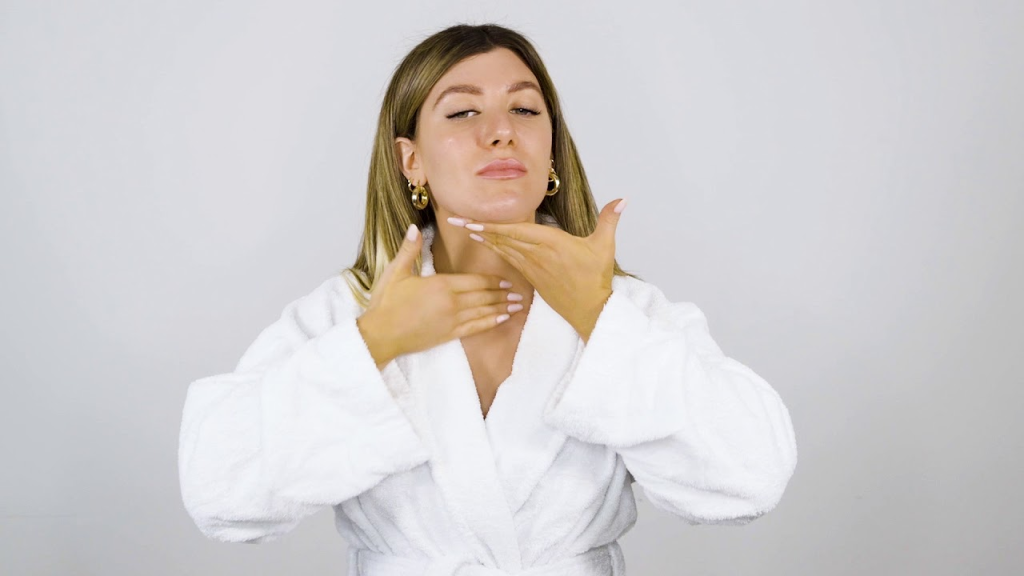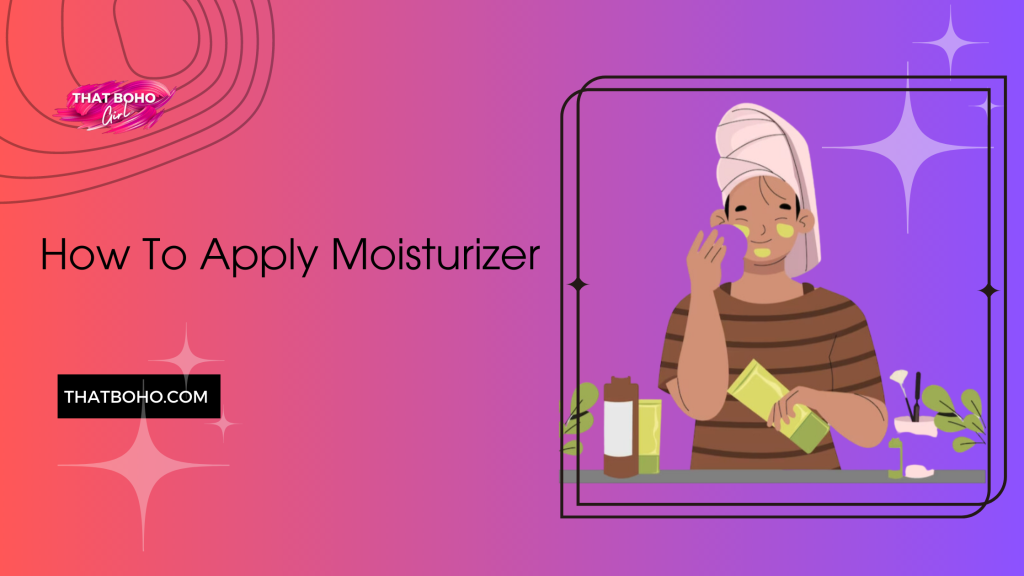Keeping your skin hydrated is a must for that healthy, radiant glow, and moisturizing plays a huge role in making it happen. But here’s the catch—it’s not just about what moisturizer you use, but how you apply it. The right technique can make all the difference in getting the most out of your skincare routine!
In this guide, we’ll walk you through the simple yet effective steps on how to apply moisturizer.
Here, I will talk about the best moisturizer depending on your skin type (SIX) and a step-by-step guide to applying the moisturizer. On that note, let’s get started!
Depending On Your Skin Type, Which Moisturizer Is Best For You? (Six Types)
Choosing the right moisturizer for your skin type is essential to ensure that your skin gets the benefits it needs without causing any issues.

Here’s a breakdown of the best moisturizer options based on different skin types:-
1. Dry Skin
For dry skin, opt for a rich and hydrating moisturizer that helps lock in moisture and prevent water loss.
Look for ingredients like hyaluronic acid, glycerin, and natural oils (such as jojoba, shea butter, or avocado oil) that provide deep hydration and nourishment.
2. Oily Skin
If you have oily skin, go for a lightweight, oil-free, and non-comedogenic (won’t clog pores) moisturizer.
Look for terms like “oil-free,” “gel,” or “water-based” on the label. These moisturizers provide hydration without making your skin feel greasy or causing breakouts.
3. Combination Skin
For combination skin (where some areas are oily and others are dry), consider using a moisturizer that balances hydration.
Look for a product suitable for combination skin or opt for a lightweight, hydrating formula that won’t overload oily areas while still providing enough moisture for dry areas.
4. Sensitive Skin
Sensitive skin requires gentle care, so choose a moisturizer that is free from fragrances, dyes, and harsh ingredients. Look for labels that say “hypoallergenic” or “suitable for sensitive skin.”
Ingredients like chamomile, aloe vera, and ceramides can be soothing for sensitive skin.
5. Normal Skin
If you have relatively balanced skin without significant concerns, you have more flexibility in choosing a moisturizer.
You can go for a basic, well-rounded moisturizer that provides hydration without being too heavy or too light. Look for ingredients that generally work well for most skin types, like hyaluronic acid or glycerin.
6. Aging Skin
For aging skin, consider a moisturizer that includes anti-aging ingredients such as peptides, retinol, vitamin C, or antioxidants.
These ingredients can help improve skin texture, reduce the appearance of fine lines, and promote a more youthful complexion.
Always remember that individual preferences can vary, so it’s a good idea to do a patch test before applying a new moisturizer to your face.
Additionally, if you’re unsure which moisturizer is best for your skin type, consulting with a dermatologist or skincare professional can provide personalized recommendations tailored to your specific needs.
How To Apply Moisturizer (Step-by-Step Guide)
Applying moisturizer is a simple yet important step in your skincare routine. More so because it helps hydrate your skin, keeping it soft and protected. Therefore, in the detailed guide below, I have given clear instructions on how to apply your moisturizer:-
Step 1: Cleanse Your Skin
Before you reach for your moisturizer, make sure your skin is clean and fresh. Washing away dirt, oil, and buildup helps your moisturizer absorb better and do its job effectively. Just use a gentle cleanser that suits your skin type, and you’re all set for hydrated, happy skin!
Step 2: Choose the Right Moisturizer
Not all moisturizers are created equal, and that’s where choosing the right one for your skin type comes into play. If your skin leans on the dry side, opt for a moisturizer with a richer texture.
A lightweight, oil-free formula is your best bet for those with oily skin. If you have sensitive skin, look for fragrance-free products designed to be gentle on your skin.
Step 3: Use the Right Amount of Moisturizer

Using too much or too little moisturizer can make a big difference in how well it works. A pea-sized amount is usually enough for your face, but if your skin needs more, go ahead—just don’t overdo it! Too much can leave your skin feeling greasy without actually adding extra hydration.
Step 4: Warm the Moisturizer
Before applying your moisturizer, warm it up between your fingertips—this helps it glide on smoothly and absorb better into your skin. Just rub your hands together for a few seconds, and you’re good to go!
Step 5: Apply to Your Face

Gently massage your moisturizer onto your skin using upward strokes, starting from the center of your face and moving outward. Work your way outwards, ensuring even coverage. Be sure to pay extra attention to areas that are drier, such as your cheeks and forehead.
However, avoid the delicate eye area unless you use a designated eye cream.
Step 6: Neck and Décolletage

Your neck and décolleté go through just as much as your face, yet they’re often overlooked. To keep them looking youthful and hydrated, don’t stop at your jawline—make sure to apply your moisturizer down to these areas too!
Step 7: Massage In
Give your skin a little massage with the moisturizer. Using upward strokes, gently massage the product into your skin. This helps with absorption and boosts circulation for a healthy glow.
Step 8: Allow Time for Absorption
Let your moisturizer sink in completely before layering on other products—it usually takes just a few minutes. Try not to touch your face or apply makeup right away so your skin can fully absorb the goodness!
Step 9: SPF (Daytime Routine)
Remember to apply sunscreen as the final step in your skincare routine if it’s daytime and your moisturizer lacks sun protection. Shielding your skin from UV rays is crucial to prevent damage.
Step 10: Adjust for Day and Night
Your skin has different needs during the day and night, so why not switch up your moisturizer? In the morning, opt for a lightweight, SPF-infused formula for protection, and at night, treat your skin to a rich, hydrating cream for deep nourishment.
Step 11: Consistency is Key
To keep your skin healthy and glowing, make moisturizing a daily habit. Regular use locks in hydration, keeping your skin soft, radiant, and naturally youthful!
Beauty Blogs
Wrapping Up!
In conclusion, the seemingly simple act of moisturizing holds significant importance in maintaining healthy skin. And by following the step-by-step guide I have mentioned above, you’re not just moisturizing your skin – you’re nourishing and protecting it.
It further ensures a radiant and supple complexion. Remember, individual needs may vary, so don’t hesitate to tailor these steps to your unique skin type and preferences. Consistency is key, and your skin will thank you for the care you provide.
So, that’s it for my article on “how to apply moisturizer.”
In case of any additional information, I will keep the page updated!
FAQs
Applying moisturizer largely depends on your skin type and the climate you’re in. Generally, it’s a good idea to use moisturizer twice a day – once in the morning after cleansing and again before bedtime.
If you have dry skin, apply it even more frequently. In hotter or drier conditions, you might reach for moisturizer more often to combat dehydration. Remember, consistency is key for healthy skin.
While using the same moisturizer for both day and night is possible, it’s important to consider the additional needs of your skin during the day. Daytime moisturizers often include sunscreen to protect your skin from UV rays.
Nighttime moisturizers might be richer and designed to help your skin recover and rejuvenate while you sleep. If your daytime moisturizer lacks sun protection, be sure to apply sunscreen separately.
When chosen wisely, Moisturizers should not cause breakouts even if you have oily skin. Look for oil-free, non-comedogenic (won’t clog pores), or gel-based moisturizers. These formulations hydrate your skin without making it greasy.
Skipping moisturizer to prevent breakouts can actually backfire, as overly dry skin can lead to more oil production and potentially more breakouts. Finding the right moisturizer tailored to your skin type is the key to maintaining a balanced complexion.

